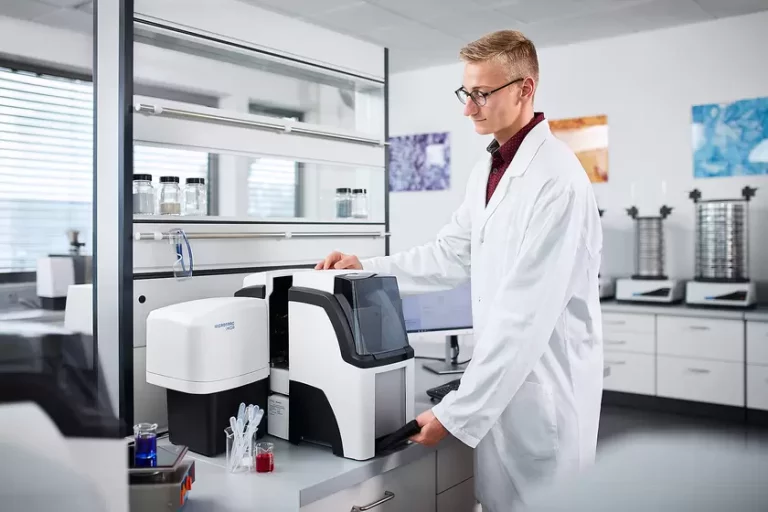Combining Laser Diffraction with Dynamic Image Analysis
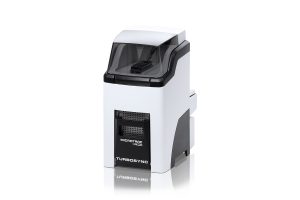
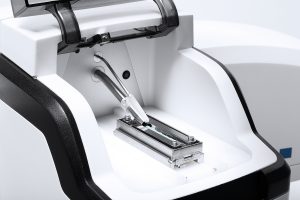

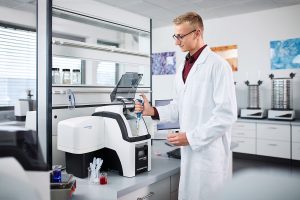
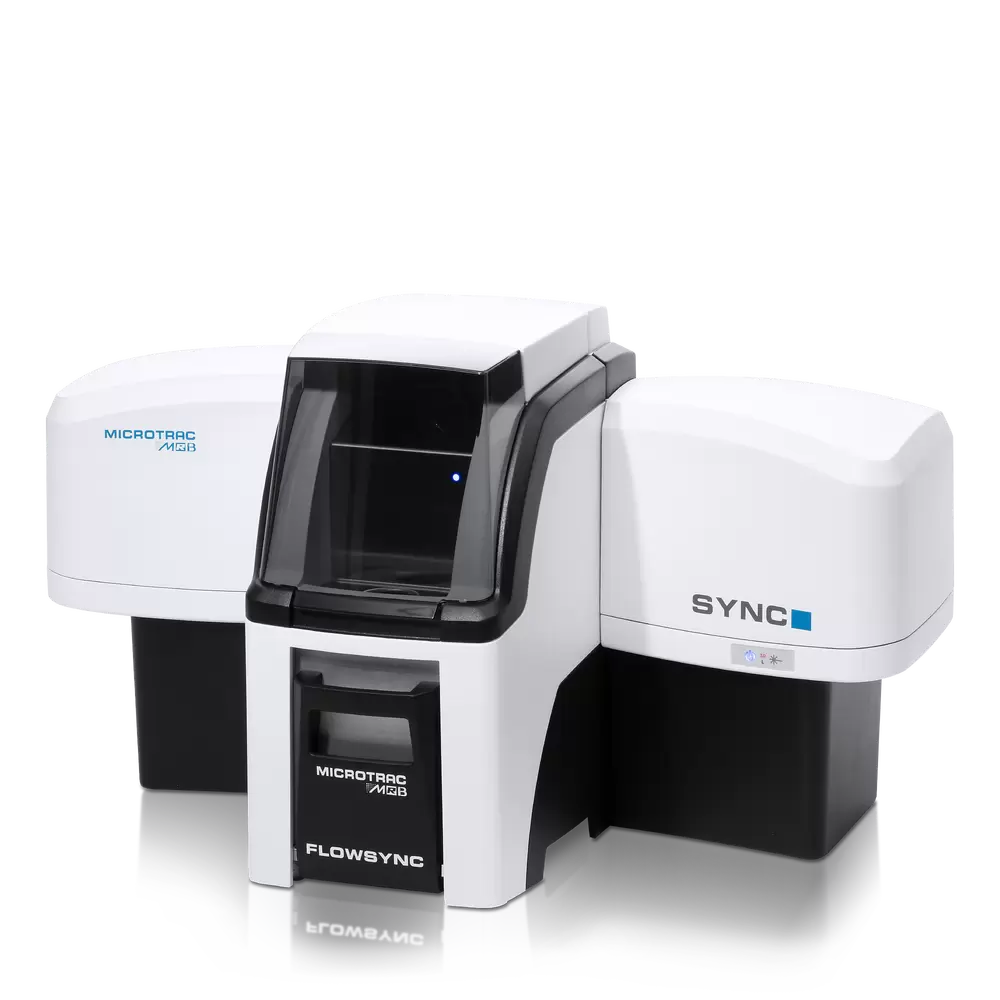
With the SYNC particle analyzer, Microtrac MRB integrates its highly accurate tri-laser diffraction analyzer technology with its versatile dynamic image analysis capability to provide particle characterization practitioners with a unique measuring experience. The patented synchronous measurement technology allows users to make both a laser diffraction measurement and an image analysis measurement on a single sample, in the same sample cell at the same time:
PARTICLE SIZE AND SHAPE ANALYZER SYNC
PARTICLE SIZE AND SHAPE ANALYZER SYNC
Particle size measurement by Laser Diffraction (LD) has become the most used technology in research and industry and is the de-facto standard for incoming and outgoing product quality control. During the measurement, the laser beam of the analyzer illuminates a well dispersed sample and the size distribution is calculated from the scattered light pattern. In Microtrac MRB’s laser diffraction analyzer technology, this scattered light is measured at various angles from 0.02 to 163 degrees. This is achieved by using two detector arrays and three lasers that illuminate the sample from different angles. The SYNC particle analyzer may be equipped with all red lasers or a combination of red and blue lasers.
Small particles scatter light at large angles while large ones scatter light at small angles. The scattered light intensity is collected continuously throughout the measurement. In Microtrac laser diffraction analyzers the evaluation is done using Microtrac’s innovative modified Mie scattering theory. This algorithm produces accurate size distributions for both spherical and non-spherical particles as well as for both transparent and absorbing materials.
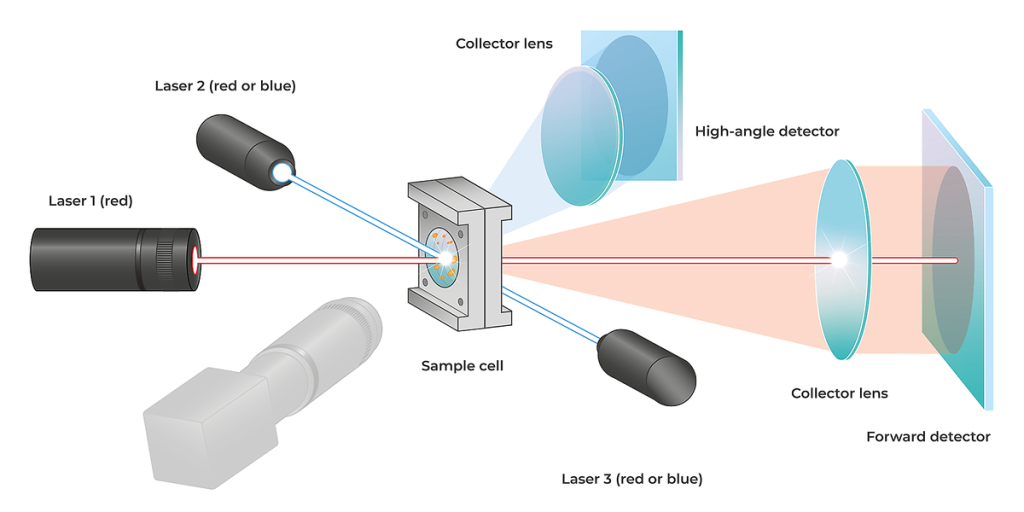
NEW OPPORTUNITIES
The characterization of particulate systems, once dominated strictly by size measurements, is evolving. Dynamic Image Analysis DIA, which determines important parameters related to particle morphology, provides detailed information regarding the physical properties of materials. These key properties and the resulting manufactured product can change drastically with no significant differences reported in the Laser Diffraction size distribution. Image analysis can rapidly identify problems and significantly reduce troubleshooting time. Particles in a flowing stream, backlit by a high-speed strobe light, are photographed by a high-resolution digital camera to create a video file of images for the flowing particles.
More than 30 size and shape parameters are acquired for every particle. Although the measurement technology of DIA is straightforward, the data analysis used to identify and solve problems is very powerful. The analyzer software includes filter functions to search, display, and evaluate particles with specific properties or a combination of properties. Data can also be presented in scatter plots, in which each data point represents a single particle image.

THE BEST OF TWO WORLDS
Microtrac’s SYNC provides traditional users of laser diffraction analyzers with exciting new capabilities to characterize their materials. The proven Tri-Laser technology provides accurate and repeatable laser diffraction results from light collected over 163 degrees of angular scatter. When combined with state of art camera technology capturing images of the particle stream at the same time, the SYNC analyzer offers not only size data from its laser diffraction system but significantly more information about the shape of the materials and the quality of the dispersion. Material is either dispersed in a carrier fluid for wet measurements in the FLOWSYNC or dispersed in air for dry powder measurements in the TURBOSYNC.
As the sample stream passes through a single measurement cell in the optical module of the analyzer, it is interrogated by the lasers. The stream is simultaneously illuminated by stroboscopic LED to allow the high-speed camera to take images of the same material. This allows users the flexibility to determine particle size distributions from an ensemble sample dispersion as well as the ability to examine single as well as groups of particles from the hundreds of thousands of images captured by the camera. The user ultimately has the ability to look individually at a laser diffraction or an image analysis, or at a combination of both using the patented BLEND feature. This combination provides QC users of the analyzer the ability to qualify their data using two methodologies at the same time and provides R&D users with a powerful tool to characterize new materials.
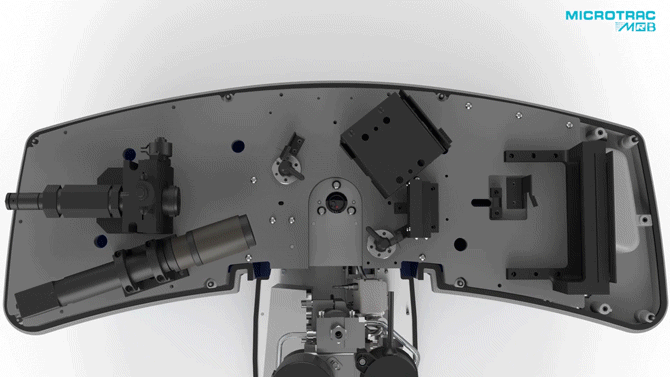
PARTICLE SIZE AND SHAPE ANALYZER SYNC
Versatility is a great strength of laser diffraction analyzers. This makes the method suitable for a variety of applications in both research and industry. Microtrac MRB laser diffraction particle analyzers are characterized by especially convenient, easy-to-learn operation. Thanks to their robust design, the instruments are practically maintenance-free and fit for 24/7 operation.
The high sample throughput and the extremely wide measurement range from nanometers to millimeters are the reasons for the method’s popularity in so many laboratories. However, drawbacks of laser diffraction analyzers are poor resolution for large particles, limited sensitivity for oversize and the inability to measure particle shape. These downsides of laser diffraction, however are the strengths of image analysis. Thanks to the unique combination of both techniques, the SYNC particle analyzer provides information which is not available from laser diffraction alone and improves the overall accuracy of size measurement.


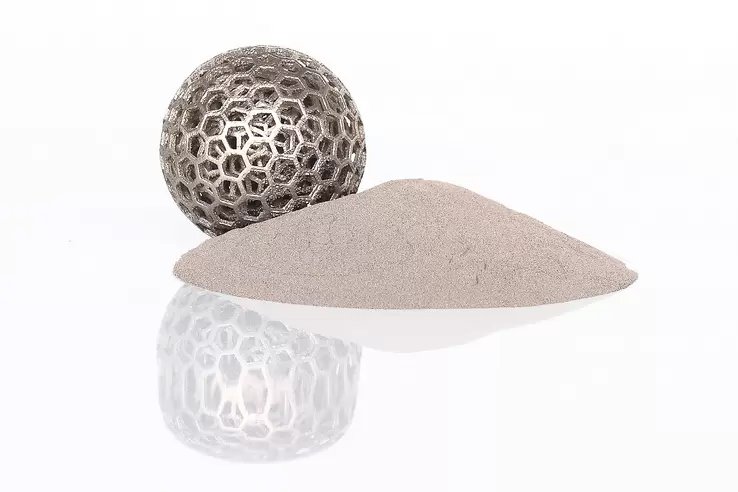
CONNECTIVITY & MODULARITY
No other particle analyzer allows more rapid change from wet to dry and vice versa.
The modules can be removed from the analyzer with a single movement and reinstalled just as easily. All necessary cables and hoses are permanently connected to the back of the analyzer. This means that no changes to the measuring instrument or modules are required during the actual changeover.
Removal of measuring cells or tedious plugging and un-plugging of mechanical and electrical connections is no longer necessary. This makes the process a real plug-and-play operation.
